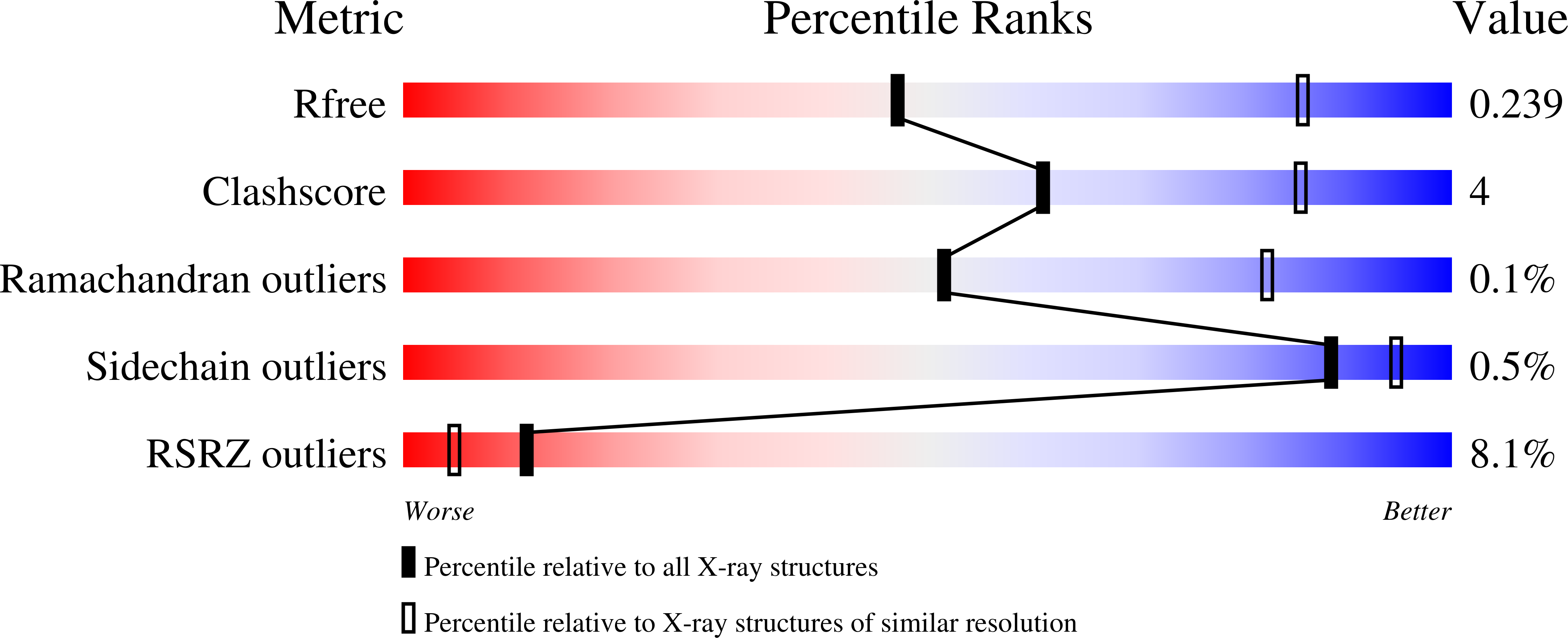
Deposition Date
2019-11-14
Release Date
2020-10-28
Last Version Date
2024-10-30
Entry Detail
PDB ID:
6UZ1
Keywords:
Title:
Noncanonical binding of single-chain A6 TCR variant S3-4 in complex with Tax/HLA-A2
Biological Source:
Source Organism:
Homo sapiens (Taxon ID: 9606)
Host Organism:
Method Details:
Experimental Method:
Resolution:
3.14 Å
R-Value Free:
0.23
R-Value Work:
0.18
R-Value Observed:
0.19
Space Group:
P 61


